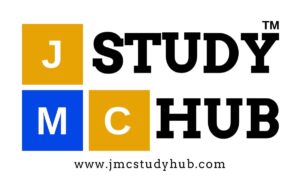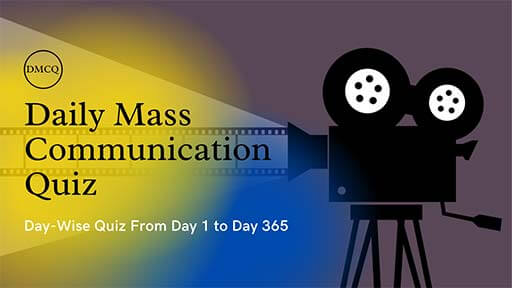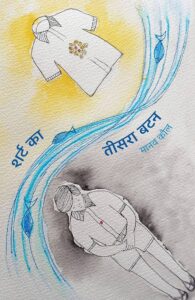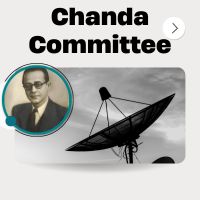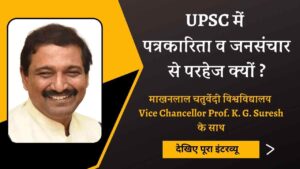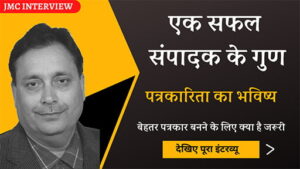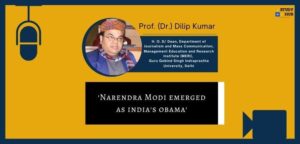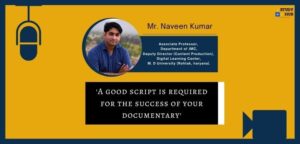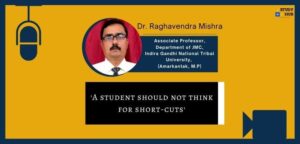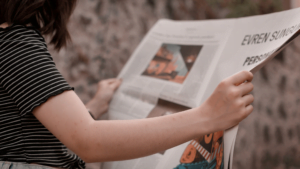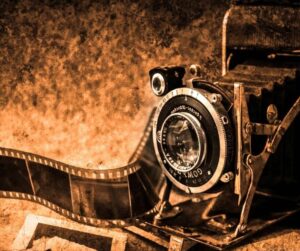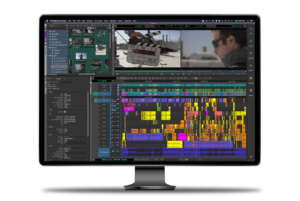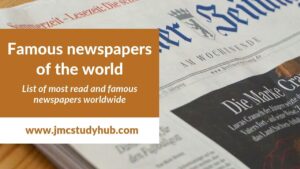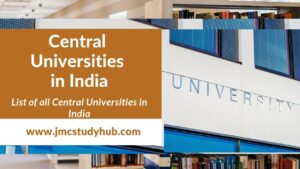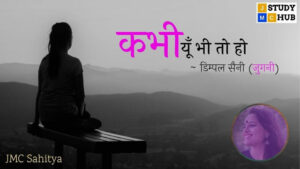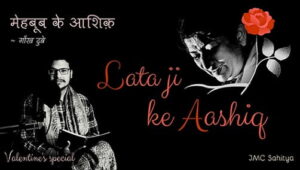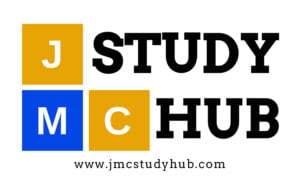Daily Mass Communication Quiz (DMCQ) boost your concepts through day wise solved quiz from the entire course of Journalism and Mass communication (JMC) with detail explanations.
Journalism and Mass Communication Objective Questions (DMCQ)
Q 1. A journalists need not be …………while covering an event.
(A) Inquisitive
(B) domineering
(C) Impartial
(D) meticulous
Correct Answer: (B) domineering
Explanation: Domineering describes a person who is arrogant and bossy, like a military dictator or a really mean mom. Someone who is strong-willed and overbearing can be described as domineering, like a teacher who fiercely intimidates her students into sitting quietly, never daring to speak up.
Q 2. An interview is a type of.
(A) Mass communication
(B) dyadic communication
(C) Multiadic communication
(D) none of the above.
Correct Answer: (B) dyadic communication
Explanation: Dyadic Communication is the form of verbal communication held face-to-face. This is the communication between two individuals related to their mutual ideas, behaviour, thoughts, perceptions, likes, dislikes etc.An interview is a type of dyadic Communication.
Q 3. Mass communication
(A) Is more effective than dyadic communication so far as reach is concerned.
(B) Is an impersonal tool for delivering information to the masses.
(C) Does not need technology-based media vehicles.
(D) Is meant for delivering messages to the residents of a city.
Correct Answer: (B) Is an impersonal tool for delivering information to the masses.
Explanation: Messages of mass communication have remained impersonal since there is no personal touch of a medium. The impersonality of mass communication is informed by the need to reach large, diverse and scattered audiences almost at the same time.
Q 4. Who developed the first paper for the mankind?
(A) The Mayans
(B) The Aryans
(C) The Sumerians
(D) The Chinese
Correct Answer: (D) The Chinese
Explanation: Paper as we know it today was first made in Lei-Yang, China by Ts’ai Lun, a Chinese court official. In all likelihood, Ts’ai mixed mulberry bark, hemp and rags with water, mashed it into pulp, pressed out the liquid, and hung the thin mat to dry in the sun.
Q 5. Which of the following is not a traditional media?
(A) Music
(B) TV
(C) Painting
(D) Literature
Correct Answer: (B) TV
Explanation: Traditional media include radio, broadcast television, cable and satellite, print, and billboards. These are the forms of advertising that have been around for years, and many have had success with traditional media campaigns.
Q 6. When was colour TV transmission started in India?
(A) 1979
(B) 1980
(C) 1982
(D) 1986
Correct Answer: (C) 1982
Explanation: Unlike today’s world of high-definition TVs and LED screens with a million colours, the television in India was black and white till as recently as the early 1980s. But on April 25, 1982 – Doordarshan broadcast India’s first ever colour programme.
Q 7. When was the first TV station set up in India?
(A) 1959
(B) 1980
(C) 1982
(D) 1986
Correct Answer: (A) 1959
Explanation: Terrestrial television in India started with the experimental telecast starting in Delhi on 15 September 1959 with a small transmitter and a makeshift studio.
Q 8. Which of the following is not a modern media?
(A) Sculpture
(B) Cinema
(C) Radio
(D) The Press
Correct Answer: (A) Sculpture
Explanation: Modern media comes in many different formats, including print media (books, magazines, newspapers), television, movies, video games, music, cell phones, various kinds of software, and the Internet.
Sculpture is the branch of the visual arts that operates in three dimensions. It is one of the plastic arts.
Q 9. Which of the following is not a responsibility of the media?
(A) Passing remarks on the personal lives of film stars.
(B) Dissemination of the news
(C) Commenting on the contemporary socio-political scenario
(D) All of the above
Correct Answer: (A) Passing remarks on the personal lives of film stars.
Explanation: The backbone of any democracy is an independent, professional and responsible media. Their role is to inform, criticise and stimulate debate. For the media to be credible it has to take responsibility for getting its facts right.
Q 10. Who started The Tribune?
(A) Master Tara Singh
(B) Prem Bhatia
(C) Dyal Singh Majithia
(D) James Augustus Hicky
Correct Answer: (C) Dyal Singh Majithia
Explanation: Sardar Dyal Singh Majithia (1848–1898) was an Indian banker and activist in progressive and social reform measures in Punjab. He established The Tribune newspaper in Lahore in 1881.
